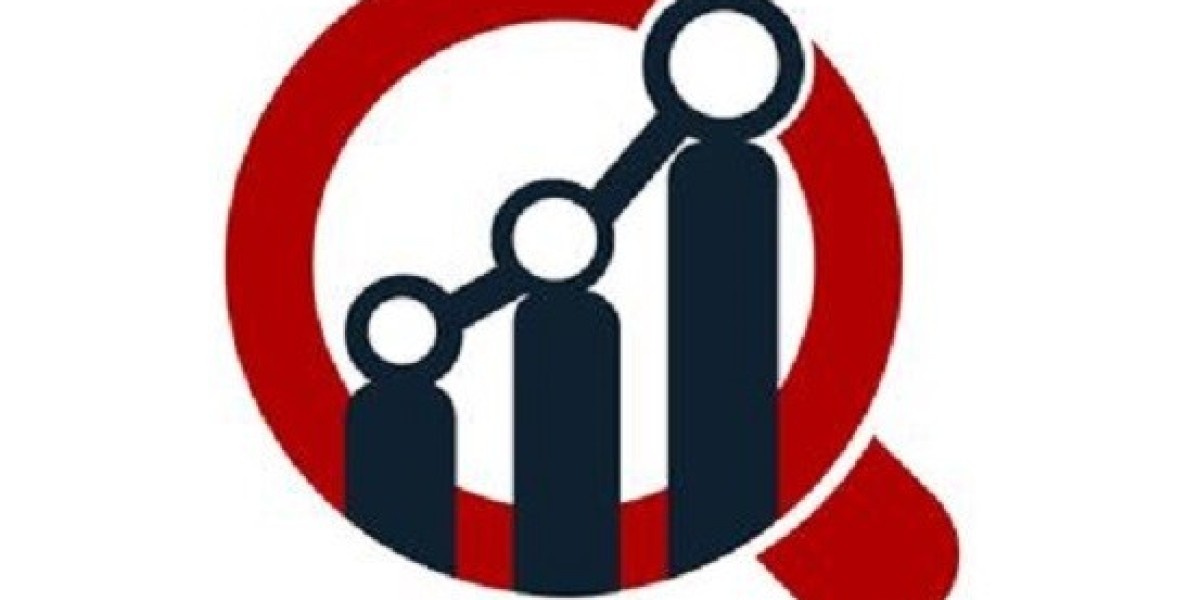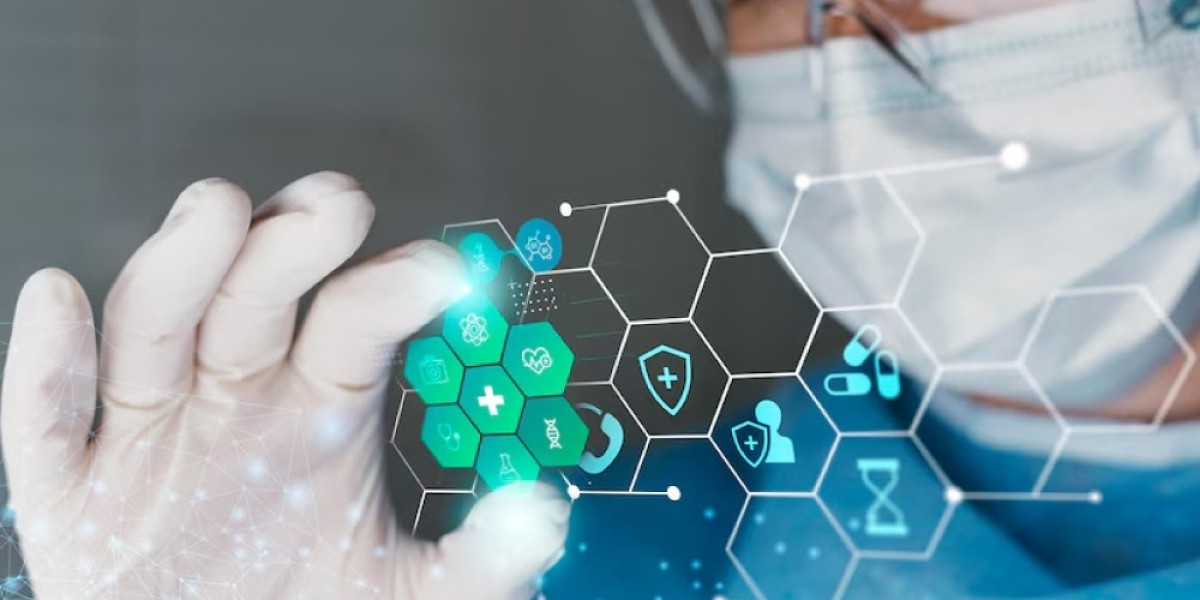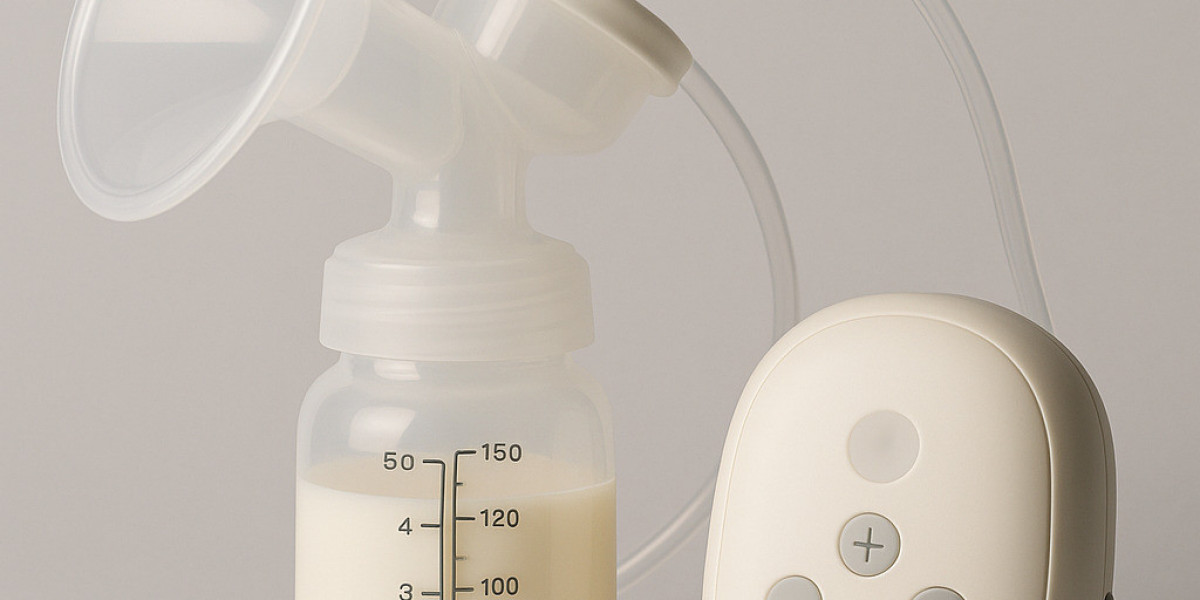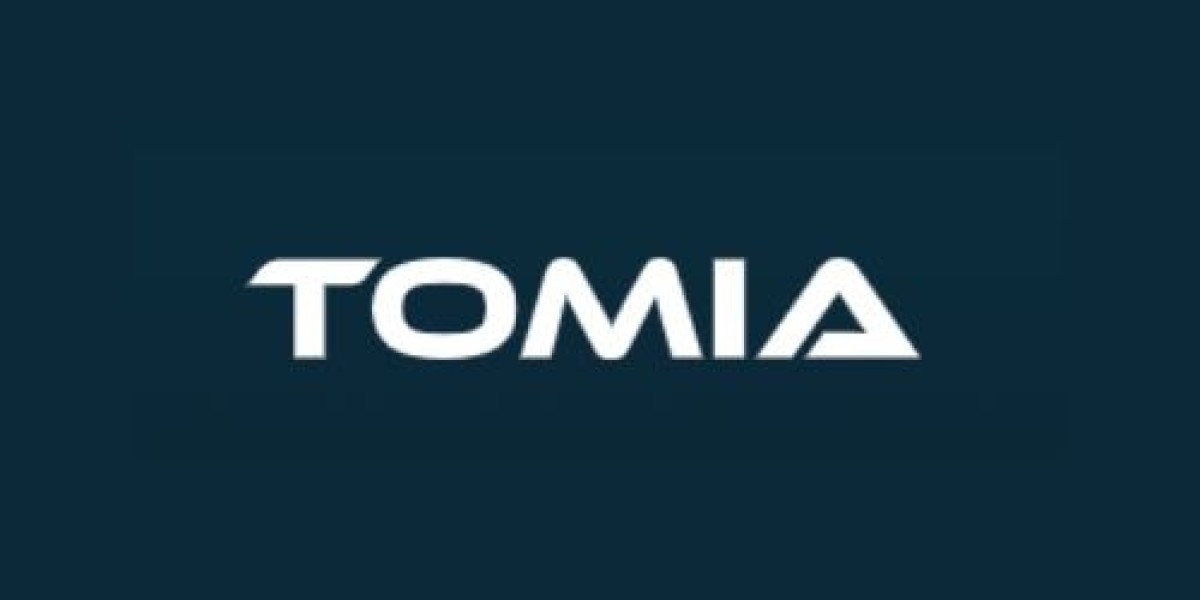The Connected Revolution: Exploring the Burgeoning IoT Medical Device Market
The convergence of medical technology and the Internet of Things (IoT) is ushering in a new era of healthcare, characterized by enhanced patient monitoring, improved diagnostics, and more personalized treatment approaches. The IoT medical device market is experiencing exponential growth as connected devices transform healthcare delivery across various settings, from hospitals and clinics to patients' homes. This article delves into the key drivers, applications, challenges, and future trends shaping this dynamic and rapidly evolving market.
Understanding the Landscape of IoT Medical Devices
IoT medical devices are internet-connected devices used for a wide range of healthcare applications. These devices collect, analyze, and transmit health-related data, enabling remote patient monitoring, facilitating timely interventions, and empowering both patients and healthcare providers with valuable insights. The spectrum of IoT medical devices is broad, encompassing:
- Wearable Devices: Smartwatches, fitness trackers, and continuous glucose monitors (CGMs) that track vital signs, activity levels, and physiological parameters.
- Remote Patient Monitoring (RPM) Devices: Connected blood pressure monitors, pulse oximeters, weight scales, and cardiac monitors used to remotely monitor patients with chronic conditions or those recovering at home.
- Smart Implantable Devices: Pacemakers, insulin pumps, and neurostimulators that can be remotely monitored and adjusted.
- Connected Diagnostic Devices: Smart inhalers, connected blood testing devices, and AI-powered imaging systems that enhance diagnostic capabilities.
- Hospital IoT Devices: Smart beds, connected infusion pumps, and real-time location systems (RTLS) used to improve operational efficiency and patient care within healthcare facilities.
These devices leverage various connectivity technologies such as Bluetooth, Wi-Fi, cellular networks, and low-power wide-area networks (LPWANs) to transmit data to cloud platforms for analysis and sharing.
Key Drivers Fueling Market Expansion
The IoT medical device market is propelled by a multitude of factors:
- Growing Prevalence of Chronic Diseases: The increasing burden of chronic conditions like diabetes, cardiovascular disease, and respiratory illnesses necessitates continuous monitoring and proactive management, which IoT devices facilitate effectively.
- Aging Population: The global aging population requires more frequent and accessible healthcare services, and IoT devices enable remote monitoring and support for elderly individuals in their homes.
- Rising Healthcare Costs: IoT medical devices offer the potential to reduce healthcare costs by enabling early detection of health issues, preventing hospital readmissions, and optimizing resource utilization.
- Demand for Remote Patient Monitoring: The shift towards value-based care and the increasing preference for home-based healthcare are driving the adoption of RPM solutions powered by IoT devices.
- Advancements in Sensor Technology and Connectivity: Continuous innovations in miniaturized sensors, low-power communication protocols, and cloud computing infrastructure are making IoT medical devices more sophisticated and accessible.
- Increased Patient Engagement and Empowerment: IoT devices provide patients with real-time data about their health, empowering them to take a more active role in managing their conditions.
- Government Initiatives and Regulatory Support: Governments and regulatory bodies are increasingly recognizing the potential of IoT in healthcare and are implementing policies to encourage its adoption while ensuring patient safety and data privacy.
Diverse Applications Across the Healthcare Ecosystem
IoT medical devices are transforming various aspects of the healthcare ecosystem:
- Remote Patient Monitoring: Enabling continuous monitoring of vital signs and physiological parameters for patients at home, allowing for early detection of deterioration and timely interventions.
- Chronic Disease Management: Providing tools for patients with diabetes, hypertension, heart failure, and other chronic conditions to track their health, manage medications, and communicate with their healthcare providers remotely.
- Personalized Healthcare: Collecting and analyzing individual patient data to tailor treatment plans and provide more personalized interventions.
- Improved Diagnostics: Enhancing the accuracy and efficiency of diagnostic processes through connected devices and AI-powered analysis.
- Enhanced Medication Adherence: Smart pill dispensers and connected inhalers can track medication usage and remind patients to take their medications as prescribed.
- Telehealth and Virtual Care: Facilitating remote consultations and virtual visits between patients and healthcare providers.
- Hospital Operations and Efficiency: Optimizing workflows, tracking medical equipment and personnel, and improving patient flow within hospitals using IoT solutions.
- Wellness and Prevention: Empowering individuals to monitor their activity levels, sleep patterns, and other health metrics to promote healthier lifestyles and prevent the onset of chronic diseases.
Challenges and Considerations for Market Growth
Despite the immense potential, the IoT medical device market faces several challenges that need to be addressed for sustained growth:
- Data Security and Privacy: The collection and transmission of sensitive patient health data raise significant concerns about data security and privacy. Robust security measures and compliance with regulations like HIPAA and GDPR are crucial.
- Interoperability and Data Integration: Ensuring seamless communication and data exchange between different IoT medical devices and healthcare IT systems remains a significant challenge. Standardization efforts are needed to facilitate interoperability.
- Regulatory Landscape: The regulatory framework for IoT medical devices is still evolving, and manufacturers need to navigate complex and varying requirements across different regions.
- Connectivity and Reliability: Reliable and consistent connectivity is essential for the effective functioning of IoT medical devices, particularly in remote areas or during emergencies.
- Usability and Patient Acceptance: IoT medical devices need to be user-friendly and seamlessly integrate into patients' lives to ensure high adoption and adherence.
- Cost and Reimbursement: The cost of IoT medical devices and the lack of clear reimbursement pathways can be barriers to widespread adoption.
- Data Overload and Alert Fatigue: The continuous stream of data generated by IoT devices can overwhelm healthcare providers, leading to alert fatigue and potentially missed critical events. Effective data management and intelligent alert systems are necessary.
Future Trends Shaping the IoT Medical Device Market
The IoT medical device market is poised for continued innovation and growth, driven by several key trends:
- Advancements in Artificial Intelligence (AI) and Machine Learning (ML): AI and ML algorithms will be increasingly integrated into IoT medical devices to analyze data, provide predictive insights, and support clinical decision-making.
- 5G Connectivity: The rollout of 5G networks will enable faster data transmission, lower latency, and more reliable connectivity for IoT medical devices, supporting more advanced applications.
- Edge Computing: Processing data closer to the source (at the edge) will reduce latency and improve real-time responsiveness of IoT medical devices.
- Integration with Wearable Technology: The convergence of medical-grade IoT devices with consumer wearables will blur the lines between wellness tracking and clinical monitoring.
Conclusion
The IoT medical device market is revolutionizing healthcare by connecting patients, providers, and medical devices in unprecedented ways. The potential to improve patient outcomes, enhance efficiency, and reduce healthcare costs is immense. While challenges related to data security, interoperability, and regulation need to be addressed, the ongoing advancements in technology and the increasing demand for connected health solutions position the IoT medical device market for significant and transformative growth in the years to come. This connected revolution promises a future of more proactive, personalized, and accessible healthcare for all.
